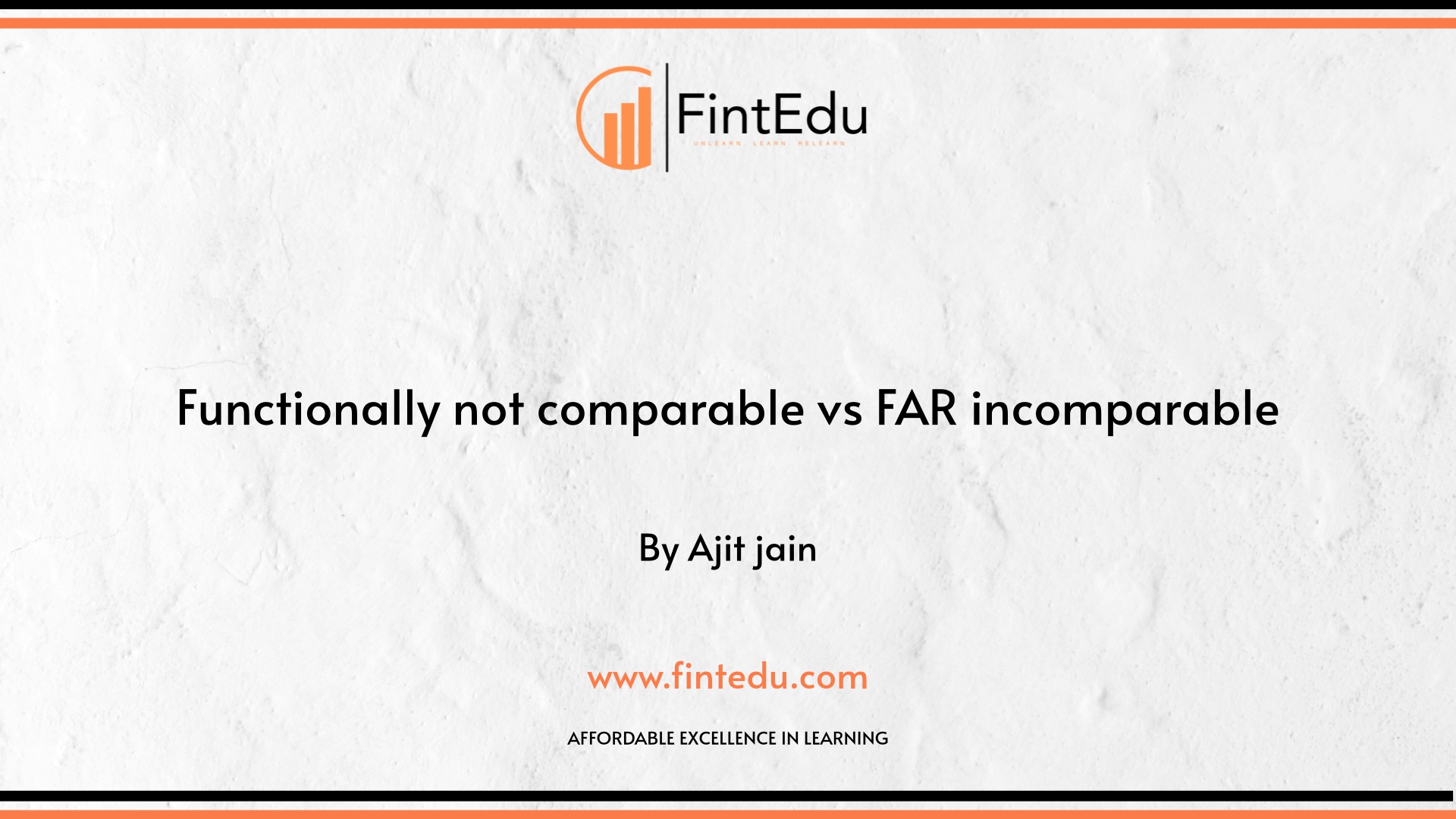LISTEN TO THIS ARTICLE
The real estate industry in the UAE is a dynamic and complex sector that plays a pivotal role in the country's economic diversification efforts. Contributing approximately 5.5% to the GDP, the real estate sector is critical in reducing reliance on oil and gas sectors. The industry has witnessed significant growth, with the rental sector in Dubai experiencing a 40.7% increase in rental agreements in Q3 2023. This growth is driven by innovative business models such as fractional ownership and the integration of blockchain technology in real estate transactions.
The UAE's real estate industry encompasses various sub-sectors and business models, including property development, construction, real estate investment trusts (REITs), brokerage services, property management, leasing and rentals, and real estate marketing and consultancy. Each of these sub-sectors has its unique characteristics and transfer pricing considerations.
The value chain of the real estate industry can be broadly categorized into several stages, each with its key activities and related party transactions:
1.Land Acquisition and Pre-Development:
- Identifying and purchasing land
- Conducting feasibility studies
- Obtaining permissions
- Related party transactions: Purchase of land from related entities, joint venture agreements
2.Design and Development:
- Engaging architects and engineers
- Securing financing
- Designing the project
- Related party transactions: Contracting related entities for design and engineering services, financing arrangements with related parties
3.Construction:
- Physical building
- Managing construction costs and timelines
- Related party transactions: Construction contracts with related construction firms, procurement of materials from related suppliers
4.Marketing and Sales:
- Developing marketing strategies
- Engaging with agents and brokers
- Related party transactions: Sales of properties to related parties, agency agreements with related entities
5.Property Management:
- Maintaining the property
- Managing tenants and facilities
- Related party transactions: Management service agreements with related entities, leasing of properties to related entities
6.Supporting Activities:
- Legal services
- Financial and accounting activities
- Regulatory compliance
- Related party transactions: Intercompany agreements for support services, financing and capital contributions from related parties
Transfer pricing plays a critical role in ensuring that intercompany transactions within the real estate value chain are conducted at arm's length. Some of the key transfer pricing considerations and challenges in the UAE real estate sector include:
1. Land Acquisition: Determining the arm's length price for land transactions can be challenging due to the uniqueness of each property. Comparability analysis requires careful consideration of factors such as location, zoning, size, and potential use. The Comparable Uncontrolled Price (CUP) method and the Discounted Cash Flow (DCF) method can be used to determine the arm's length price for land transactions.
2. Financing: Debt financing is commonly provided to project entities (Special Purpose Vehicles or SPVs) by related parties. The interest rates on these loans must reflect market terms, ensuring compliance with the arm's length principle. Regular transfer pricing studies, credit capacity analysis, and benchmarking are essential to justify the arm's length nature of financing arrangements.
3. Performance Guarantees: Group companies may provide performance guarantees to external financiers for project execution. Justifying the fees for such guarantees requires a deliberate group action benefiting the contractor, indicating a real economic transaction. Various valuation approaches, such as internal comparables, external comparables, competitive offers, compensation payment, and Monte Carlo simulations, can be used to determine the arm's length fee for performance guarantees.
4. Transfer Pricing Challenges:
- Lack of benchmark data for complex or unique properties and services
- Accurate valuation of intangible assets used in development or management
- Impact of volatile market conditions and fluctuating property values on transfer pricing policies
- Tax risks and controversies arising from aggressive transfer pricing strategies
- Varying transfer pricing regulations across jurisdictions in cross-border transactions
To navigate the complex transfer pricing landscape in the UAE real estate sector, companies should adopt the following strategies:
1. Maintain robust transfer pricing documentation that comprehensively reflects the complexity of intercompany transactions and provides a clear rationale for the methodologies used.
2. Strengthen intercompany agreements to ensure consistency with actual business practices and regularly review and update them to reflect current operations and transfer pricing policies.
3. Ensure that the actual conduct of the business matches the contractual relations with related parties, aligning economic reality with legal form.
4. Implement market cycle adjustments by regularly reviewing and adjusting transfer pricing methodologies to reflect the volatile nature of real estate markets.
5. Standardize transfer pricing processes across all real estate activities and jurisdictions to ensure consistency and compliance.
The UAE real estate sector also faces operational transfer pricing issues, such as difficulty integrating transfer pricing calculations into accounting systems, challenges in obtaining timely and accurate data, inconsistent application of transfer pricing policies, lack of clear accountability and oversight, and potential for material errors or disputes in the final transfer pricing numbers and invoices raised. To mitigate these issues, companies should implement robust review and true-up processes, and ensure clear communication and coordination between various teams involved in the transfer pricing process.
In conclusion, the UAE real estate industry presents a complex transfer pricing landscape, with various sub-sectors, business models, and intercompany transactions. By understanding the value chain, adopting appropriate transfer pricing methodologies, and implementing robust strategies, companies can navigate the challenges and ensure compliance with the arm's length principle. Regular benchmarking, documentation, and review processes are essential to mitigate tax risks and controversies in this dynamic and rapidly evolving sector.
Related Webinar : Transfer Pricing in Oil & Gas and Real Estate Industries
Related Article : Transfer Pricing in Oil & Gas Industry
Disclaimer: Content posted is for informational and knowledge sharing purposes only, and is not intended to be a substitute for professional advice related to tax, finance or accounting. The view/interpretation of the publisher is based on the available Law, guidelines and information. Each reader should take due professional care before you act after reading the contents of that article/post. No warranty whatsoever is made that any of the articles are accurate and is not intended to provide, and should not be relied on for tax or accounting advice.
Contributor
Related Posts


@@PLUGINFILE@@/Bahrains%20Domestic%20Minimum%20Top-up%20Tax%20%28DMTT%29%20Regulations%20An%20overvi...
Read More
@@PLUGINFILE@@/Transfer%20Pricing%20in%20the%20Cryptocurrency%20Space%20Global%20Perspectives%...
Read More